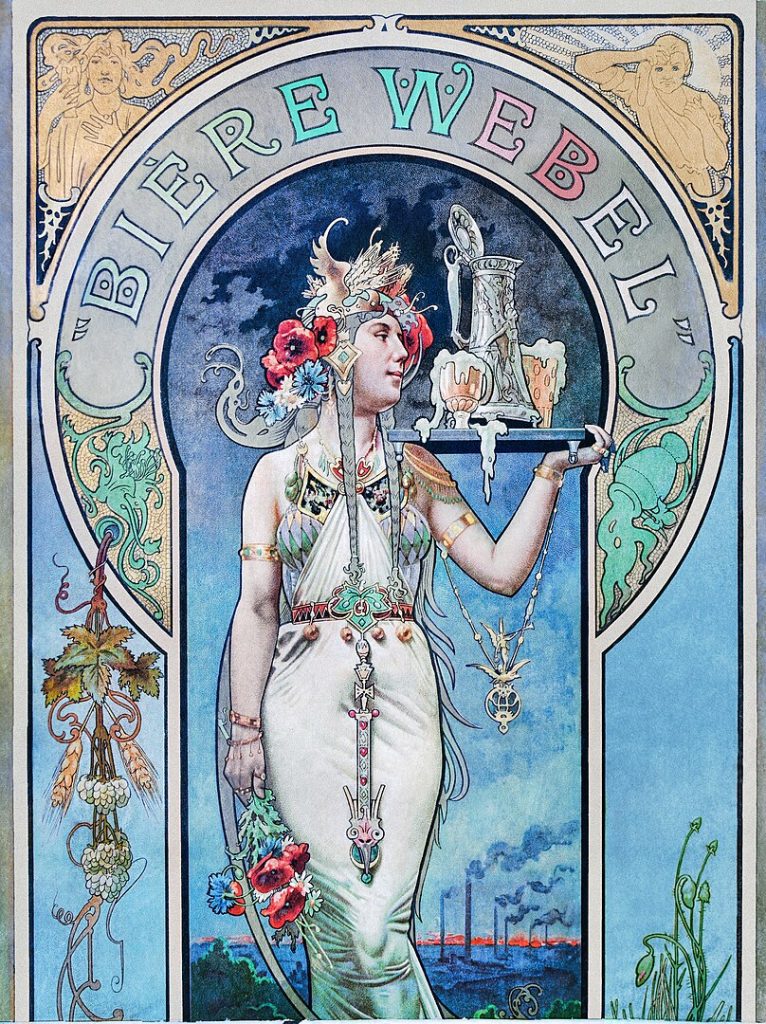
Louis Théophile Hingre, a French painter and sculptor, was born on February 12, 1832, in Nantes, France. His artistic career unfolded against the backdrop of the 19th century, a period marked by profound social and artistic transformations. Hingre’s innovative approach to animalier art, his mastery of sculptural techniques, and his keen interest in the natural world set him apart as a prominent figure in the French artistic landscape.
Hingre’s early life was characterized by a fascination with the natural world, particularly animals. His upbringing in Nantes, a city with a rich maritime and trading history, exposed him to a diverse array of fauna. This early exposure laid the foundation for his lifelong dedication to capturing the vitality and beauty of animals in his artistic creations.
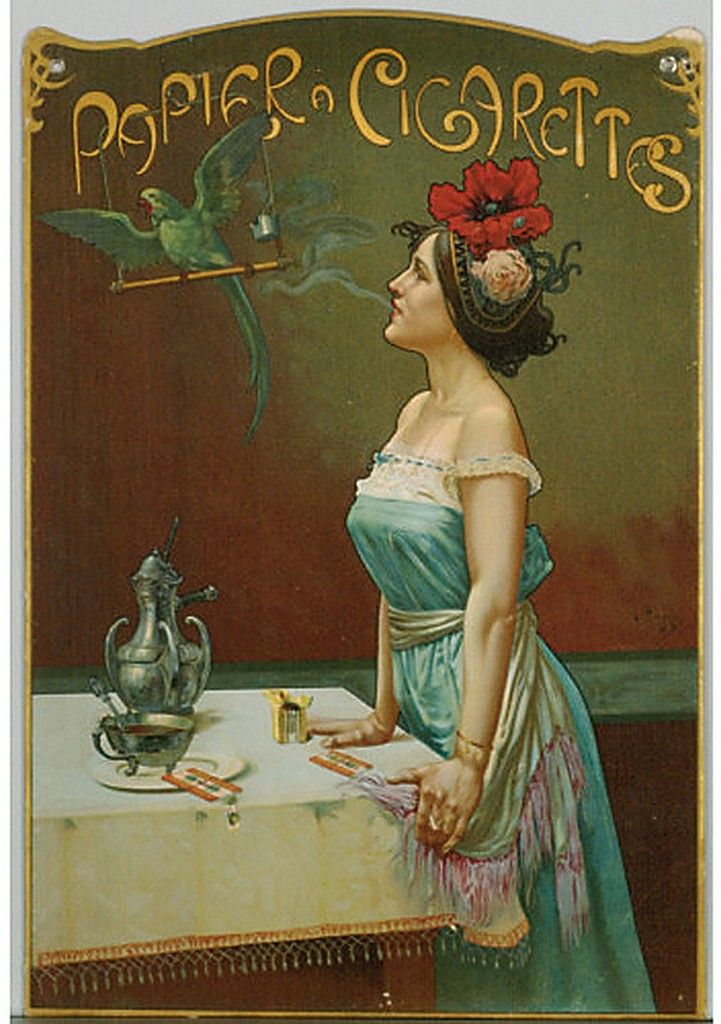
At the age of sixteen, Hingre enrolled at the École des Beaux-Arts in Paris, where he pursued his passion for art under the guidance of esteemed instructors. The academic environment provided Hingre with the technical skills and theoretical knowledge essential for his artistic endeavors. His early works showcased a talent for drawing and a nuanced understanding of anatomy, laying the groundwork for his later achievements in both painting and sculpture.
Animals in Art
Hingre’s interest in the representation of animals emerged during a period when animalier art, a genre focused on depictions of animals, gained prominence. Inspired by the works of renowned animalier artists such as Antoine-Louis Barye and Pierre-Jules Mêne, Hingre found his niche within this artistic movement. He sought to bring a heightened level of realism and emotional depth to his animal portrayals, elevating the genre to new heights.
In the mid-19th century, Hingre began to garner attention for his paintings featuring animals in various naturalistic settings. His ability to convey the character and spirit of animals through meticulous observation and a keen eye for detail captivated viewers. Hingre’s paintings often depicted scenes of wildlife, domestic animals, and pastoral landscapes, showcasing a diverse range of subjects within the animalier genre.
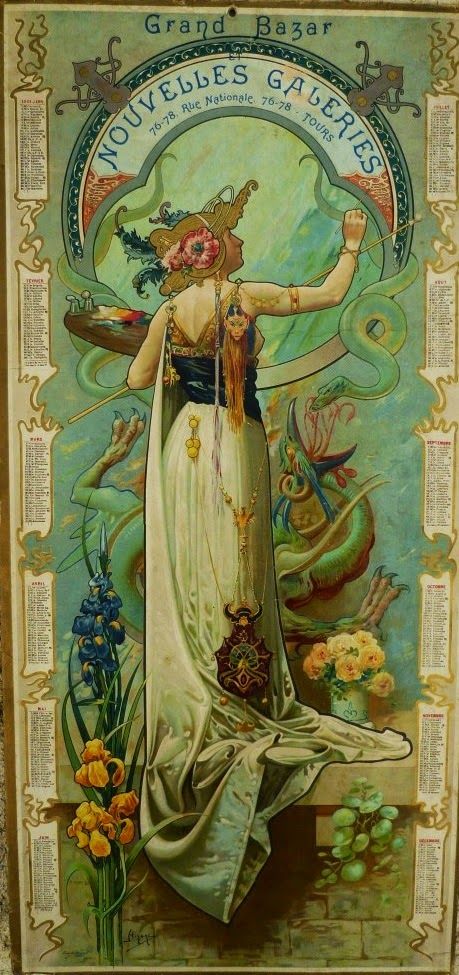
Hingre’s exploration of animalier art extended beyond painting to sculpture, a medium that would become integral to his artistic identity. In 1869, he presented his first sculptural work at the Salon de Paris, an annual exhibition that showcased the talents of contemporary artists. The sculpture, titled “Tigre Devorant un Chevreuil” (Tiger Devouring a Roe Deer), exemplified Hingre’s ability to capture the intensity of a moment in the animal kingdom. The dynamic composition and lifelike execution earned him accolades and established him as a noteworthy sculptor.
The success of “Tigre Devorant un Chevreuil” marked the beginning of Hingre’s prolific career as a sculptor of animal subjects. His sculptures, crafted with a meticulous attention to anatomical accuracy and a deep understanding of animal behavior, resonated with art enthusiasts and collectors alike. Hingre’s work was characterized by a fusion of artistic skill and a genuine love for the creatures he depicted.
As an artist devoted to the natural world, Hingre frequently sought inspiration from the Jardin des Plantes in Paris, a botanical garden and zoological park. The garden’s menagerie provided him with a rich source of subjects for his artistic explorations. His frequent visits allowed him to observe animals in various poses and states of repose, inspiring a breadth of compositions that ranged from the majestic to the tender.
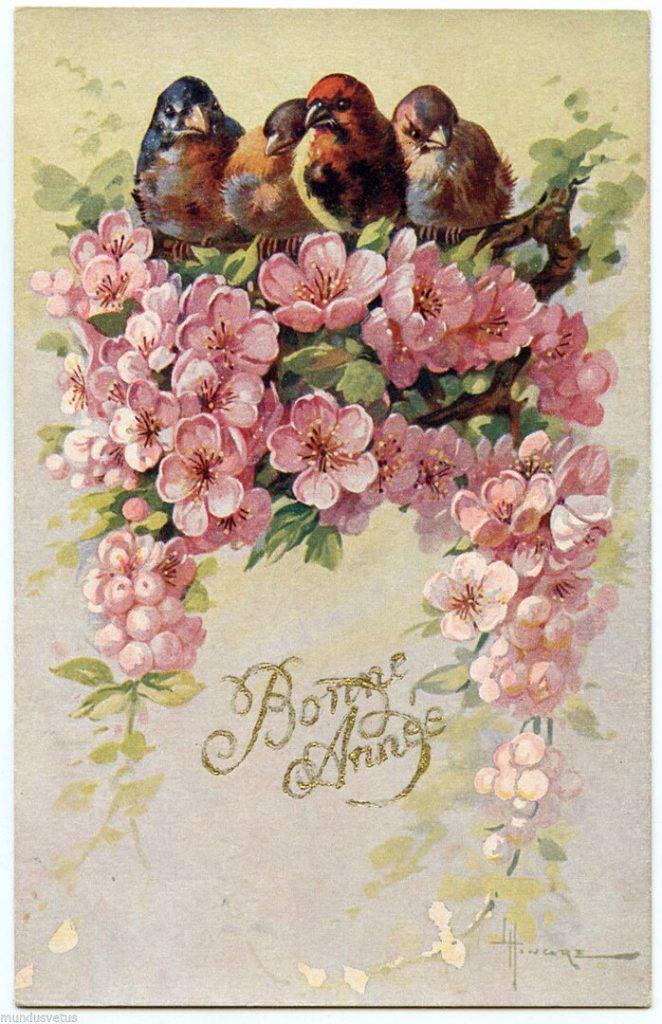
Hingre’s sculptures often conveyed a sense of movement and vitality, showcasing his ability to capture the essence of animals in action. Whether depicting a stalking feline or a group of grazing deer, his sculptures transcended mere representation, evoking a profound connection between the viewer and the animal kingdom. The tactile quality of his sculptures, characterized by intricate detailing and a refined sense of form, further enhanced their visual impact.
Medals & Plaquettes
In addition to his achievements as a painter and sculptor, Hingre made significant contributions to the field of medallic art. His talent for creating miniature compositions translated seamlessly into the realm of medals and plaquettes. Hingre designed numerous medals, often featuring animal motifs and commemorating significant events. His work in this domain showcased a versatility that spanned various artistic mediums.
Hingre’s artistic endeavors were not confined to the studio; he also engaged with the broader artistic community through his involvement in exhibitions and art societies. He participated regularly in the Salon de Paris, receiving recognition for both his paintings and sculptures. His affiliation with artistic societies such as the Société des Artistes Français and the Société Nationale des Beaux-Arts further solidified his place within the artistic circles of his time.
The latter part of Hingre’s career saw the continuation of his artistic explorations, marked by a dedication to his craft and a commitment to capturing the ever-evolving dynamics of the natural world. His works continued to be featured prominently in major exhibitions, contributing to the ongoing legacy of animalier art in French art history.
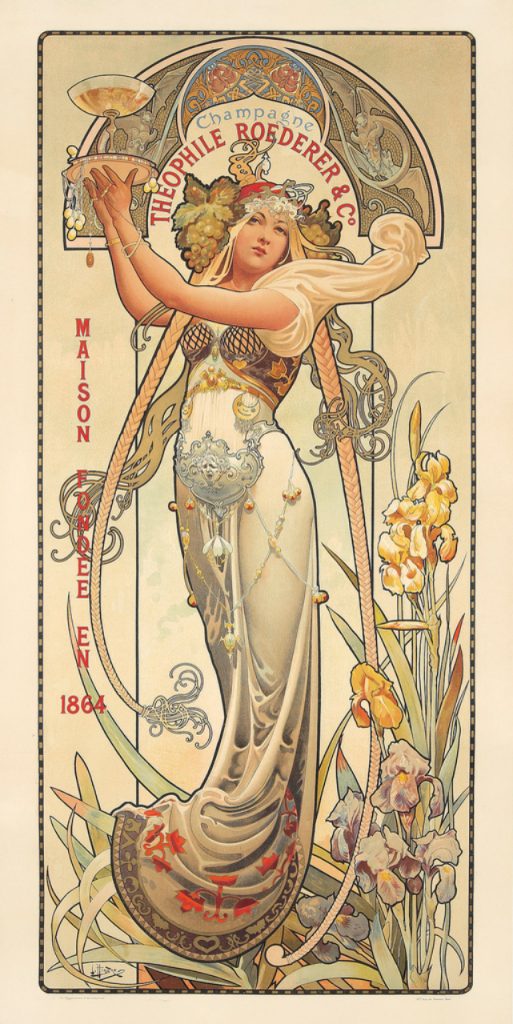
Louis Théophile Hingre passed away on July 29, 1911, leaving behind a legacy that endures through his contributions to animalier art. His ability to breathe life into the sculpted and painted forms of animals, coupled with a profound appreciation for the beauty of the natural world, positioned him as a key figure within the animalier movement. Hingre’s work continues to be celebrated for its technical brilliance, emotional resonance, and its role in expanding the boundaries of artistic expression within the genre of animalier art.




